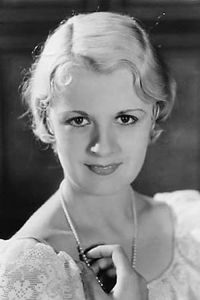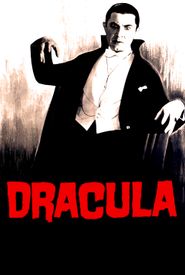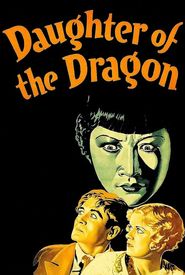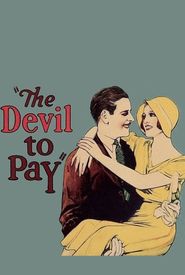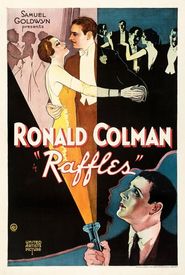Frances Dade, a celebrated American film actress, gained widespread recognition during the late 1920s and 1930s, leaving an indelible mark on the industry. Born on February 14, 1910, in the vibrant city of Philadelphia, Pennsylvania, Dade spent her formative years in her hometown, surrounded by the rich cultural heritage and urban bustle of the East Coast.
The formative years of Dade's professional life were characterized by her association with the traveling troupe of Gentlemen Prefer Blondes, a theatrical production that served as a catalyst for her discovery by the renowned film mogul, Samuel Goldwyn. Despite being extended a contract by Goldwyn, Dade ultimately decided to maintain her independence and opt for a freelance career.
In 1928, Dade made her cinematic debut, albeit in a minor, uncredited capacity, in the film The Constant Nymph. This early venture brought her into contact with two fellow actresses, Dorothy Boyd and Mabel Poulton, with whom she shared the screen.
In the year 1930, Dade's cinematic career began to take off, with a string of four film appearances that further solidified her presence within the film industry. This notable milestone marked the beginning of her journey as a prominent figure in the world of cinema.
The following year, 1931, would prove to be a pivotal moment in Dade's career, as she landed the role of Lucy Weston in the iconic horror film Dracula, starring the legendary Bela Lugosi and Helen Chandler. This iconic role would go on to cement her status as a talented actress, and her performance in the film would be remembered for generations to come.
The scene in which Bela Lugosi hovers over her prostrate body has since become an enduring image in popular culture, a testament to the lasting impact of Dade's work in the film industry.
Dade's captivating performance in the iconic film Dracula catapulted her to a fleeting yet significant extent of fame, ultimately securing her a coveted position among the esteemed WAMPAS Baby Stars of 1931, a prestigious group that boasted an impressive roster of talented young actresses, including the likes of Marian Marsh, Karen Morley, and Marion Shilling.
Despite her initial success, Dade's film appearances began to experience a notable decline, and she went on to star in a total of six films during the course of 1931, with a notable emphasis on the horror genre, as three of these films fell under this category, showcasing her versatility as an actress and her ability to navigate a wide range of roles.
Dade's cinematic presence began to dwindle in 1932, as her film roles grew increasingly sparse, with only a solitary appearance in the movie Big Town marking her sole contribution to the big screen that year.
In a surprising turn of events, Dade made her Broadway debut in the play Collision, showcasing her versatility as a performer.
Following this, Dade decided to hang up her acting shoes, opting instead to exchange the glamour of Hollywood for a more humble path. She tied the knot with the affluent and influential Brock Van Avery, a socialite of great standing.
As her acting career came to a close, Dade returned to her roots, setting her sights on the city of Philadelphia, where she would pursue a new passion - a career in nursing.
Frances Dade's existence on this earth was marked by a profound sense of mortality, as her final breath was exhaled on January 21, 1968, a date that would forever be etched in the annals of time as the moment when her remarkable life of 57 years came to a poignant and sorrowful close.
